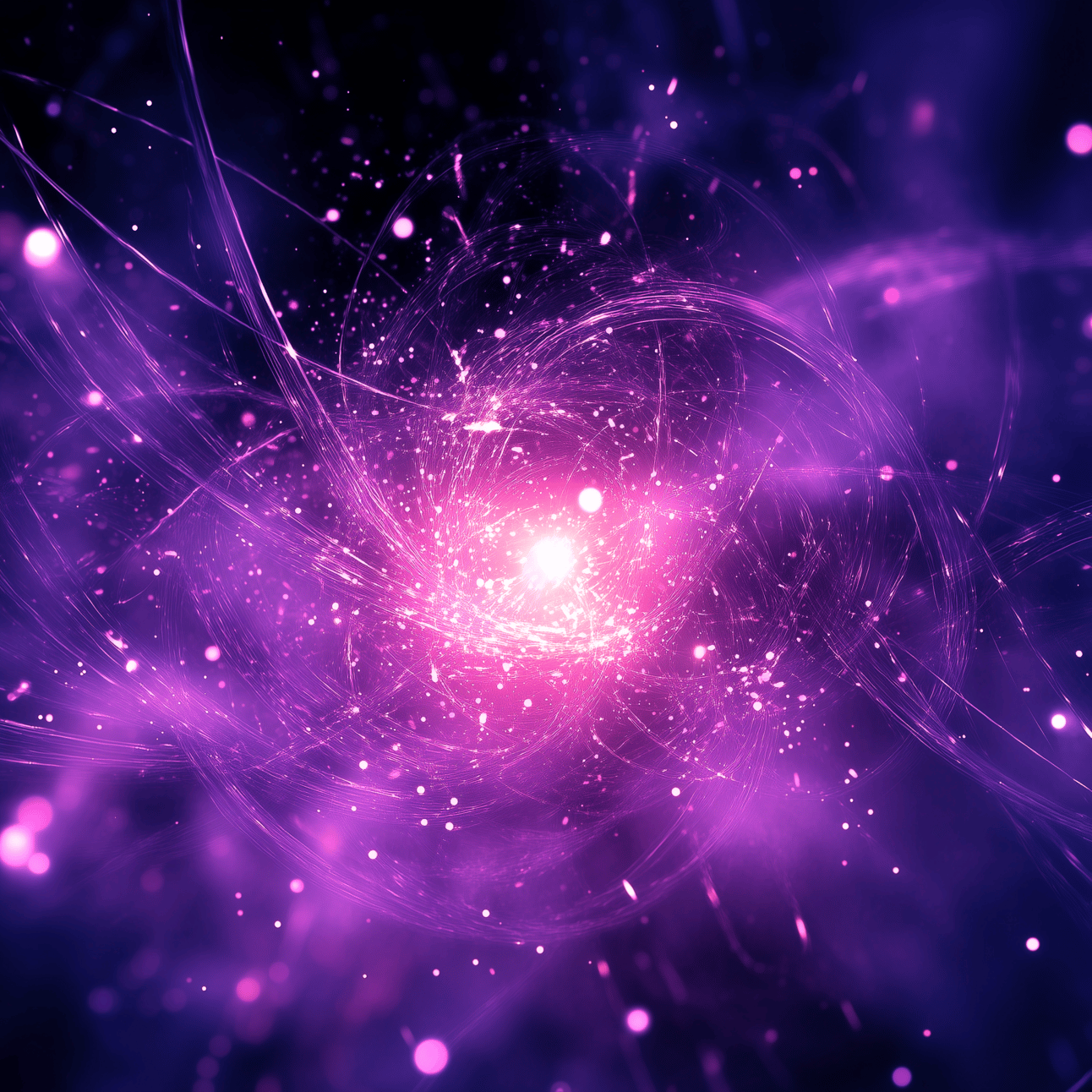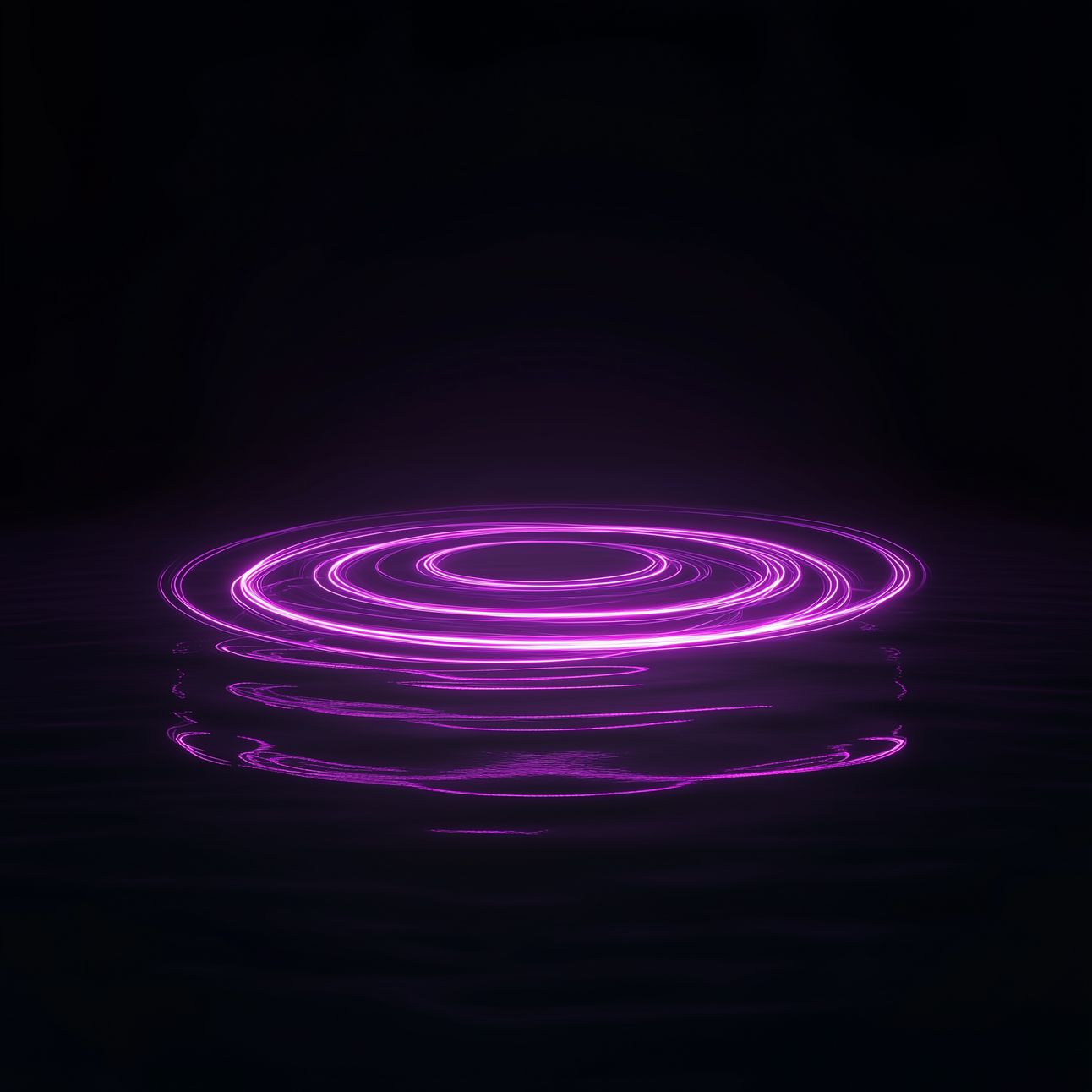- The Daily Qubit
- Posts
- The Daily Qubit
The Daily Qubit
⚛️ The Quantum Technologies for Neutrino Mass project, solving the optimal power flow problem in electrical grids, a deep-learning-based quantum sensing framework, and more.

Welcome to The Daily Qubit!
Get the latest in top quantum news and research Monday through Friday, summarized for quick reading so you stay informed without missing a qubit.
Have questions, feedback, or ideas? Fill out the survey at the end of the issue or email me directly at [email protected].
And remember—friends don’t let friends miss out on the quantum era. If you enjoy The Daily Qubit, pass it along to others who’d appreciate it too.
Happy reading and onward!
Cierra
Today’s issue includes:
The Quantum Technologies for Neutrino Mass project uses cyclotron radiation emission spectroscopy to precisely measure the absolute neutrino mass.
An approach for solving the optimal power flow problem in electrical grids integrates quantum algorithms with classical optimization methods.
A deep-learning-based quantum sensing framework improves optical quantum sensing in agnostic environments.
QUANTUM APPLICATION HEADLINES

Image: by Midjourney for The Daily Qubit
APPLICATION: Swansea University, University College London, the National Physical Laboratory, and others are involved in the Quantum Technologies for Neutrino Mass project, which involves using cyclotron radiation emission spectroscopy to precisely measure the absolute neutrino mass.
SIGNIFICANCE: Determining the absolute mass of neutrinos is necessary to understanding fundamental physics, including the nature of matter, the structure of the universe, and the phenomenon of neutrino oscillations (a process where neutrinos change their "flavor," or type, as they travel). Current methods like β-decay spectroscopy—which involves measuring the energy spectrum of electrons emitted during radioactive decay—struggle with precision due to limitations in current detection technologies. Cosmological approaches, which estimate neutrino masses based on their effects on the large-scale structure of the universe, rely heavily on theoretical models that may introduce uncertainties. The Quantum Technologies for Neutrino Mass project intends to address these challenges by integrating quantum sensors, ultra-low-noise amplifiers, and scalable techniques that can handle larger experimental setups—ultimately contributing to our understanding of particle physics and cosmology.
HOW: A cryogenic tritium source produces high-density atomic beams, with atoms precisely guided and confined using magnetic fields. Quantum sensors map magnetic and electric fields with exceptional accuracy, minimizing experimental noise and ensuring precision. At the core of the experiment, electrons from tritium β-decay are captured in a magnetic field, emitting cyclotron radiation that is detected by quantum-noise-limited cryogenic amplifiers. These amplifiers maximize the signal-to-noise ratio, enabling extremely precise measurements of electron energies, which are directly related to the mass of neutrinos.
BY THE NUMBERS:
10 meV/c² – The sensitivity goal for QTNM, representing the ability to detect neutrino masses at the lower range allowed by oscillation experiments. For context, this is more than 40 times more precise than the current best limit set by the KATRIN experiment (450 meV/c²).
10 m³ – Planned measurement volume of the CRES apparatus, critical for detecting enough β-decay events to achieve high precision. This scale is significantly larger than current setups, enabling more data collection over longer periods.
27 GHz – Cyclotron frequency of β-decay electrons at 1 T magnetic fields. Precise frequency measurement allows scientists to determine the kinetic energy of the electrons, which provides a direct window into neutrino mass.
5K – Operating temperature of the system, which minimizes noise and ensures high sensitivity in microwave signal detection.

Image: by Midjourney for The Daily Qubit
APPLICATION: Researchers at the University of Lethbridge have developed an approach for solving the optimal power flow problem in electrical grids by integrating quantum algorithms, including Harrow-Hassidim-Lloyd and variational quantum linear solver, with classical optimization methods.
SIGNIFICANCE: Optimal power flow is a central problem in energy systems optimization, meant to minimize the cost of electricity production while ensuring that operational constraints, such as maintaining voltage limits and meeting demand, are satisfied across power grids. Classical methods, like interior-point methods—algorithms that solve optimization problems by exploring the feasible solution space's interior—have been widely used but often struggle to scale efficiently. A key aspect of this study involves preconditioning, a mathematical technique that modifies the structure of linear systems to make them easier to solve and improves numerical stability. These make quantum-classical methods a potential tool for energy optimization and creating more efficient and sustainable smart grid technologies.
HOW: This study applies quantum algorithms, specifically HHL and VQLS, in conjunction with preconditioning techniques to solve the linear systems that arise in the optimization process. The researchers modified the primal-dual interior point method to integrate quantum methods for determining search directions during optimization. By using preconditioned quantum algorithms, they controlled the condition number growth in these linear systems, enabling convergence to high-quality solutions with accuracy comparable to classical solvers. The study also tested these methods on small OPF test cases, comparing their performance with classical methods in terms of solution quality and iteration counts.
BY THE NUMBERS
746.25 cost units – Optimal cost achieved for a small DC power flow test case using both classical and quantum methods, showcasing parity in solution accuracy.
10 iterations – Number of iterations required by the preconditioned VQLS method for convergence in AC power flow test cases, matching classical solver performance.
5x more qubits needed – Highlighting scalability challenges as quantum hardware must improve to accommodate larger OPF problems with more complex constraints.

Image: by Midjourney for The Daily Qubit
APPLICATION: Researchers from the University of Science and Technology of China, the University of Sydney, and others have introduced a deep-learning-based quantum sensing framework to improve optical quantum sensing in agnostic environments, where system properties are unknown.
SIGNIFICANCE: Quantum sensing is used to measure physical quantities like magnetic fields, time, or temperature with an accuracy that surpasses classical measurement limits. This level of precision is known as the Heisenberg Limit, which represents the theoretical maximum sensitivity achievable by quantum systems. Traditional quantum sensing methods require detailed knowledge about the environment being measured to design optimal setups for data collection. However, in many real-world scenarios, this information is incomplete or entirely unknown, making it challenging to achieve high precision. The deep-learning quantum sensing framework overcomes this limitation by using machine learning algorithms to analyze partial or incomplete environmental data and predict the best configurations for quantum probes, making it valuable in agnostic environments—settings where key details are unknown or unpredictable. Potential applications include medicine (such as for highly sensitive imaging or diagnostics), navigation systems, and energy detection.
HOW: The DQS framework uses a graph-based representation of optical setups, processed through a GNN trained on data from previous interactions. This allows it to predict the QFI for various configurations and identify the setup that maximizes sensing precision. Once the optimal setup is selected, the framework uses trigonometric interpolation to infer the response function, enabling accurate parameter estimation. Numerical experiments demonstrate that DQS achieves the Heisenberg Limit with eight-photon sensing tasks, surpassing conventional methods.
BY THE NUMBERS:
8 photons – Maximum number of photons used in experiments to achieve the Heisenberg Limit, demonstrating scalability for larger systems.
64 QFI – Quantum Fisher information, a measure of how much information a quantum state carries about a parameter, was achieved in optimal eight-photon setups. This level of QFI indicates the precision needed to reach the Heisenberg Limit, the ultimate accuracy possible in quantum sensing.
30,000 samples – Training data size needed to optimize the GNN for high-dimensional optical setups.
50% error reduction – Compared to conventional methods in parameter estimation, highlighting DQS's improved accuracy in agnostic settings.
RESEARCH HIGHLIGHTS
📐 The research investigates measurement-induced state transitions in dispersive readout schemes for superconducting qubits, focusing on the conditions under which qubits transition to non-computational states due to high photon numbers during readout. Using fluxonium qubits as a case study, the authors propose universal metrics, including qubit purity and matrix-element errors, to predict and analyze these transitions. The results offer insights into optimizing qubit readout protocols to achieve high fidelity while minimizing state transitions.
✨ The study explores the development of a hybrid transmon qubit, referred to as the "ferrotransmon," which integrates ferromagnetic Josephson junctions to provide an alternative, low-dissipative method for frequency tunability in superconducting quantum processors. The researchers address the limitations of conventional flux tuning methods, such as heat dissipation and decoherence, by designing on-chip magnetic field lines capable of precise control.
✅ The research presents PachinQo, a framework for optimizing Rydberg atom quantum computers with zonal addressing by co-designing hardware and software. It introduces a dual-cache architecture and heuristics-based compiler that minimizes crosstalk and movement, enhancing the execution of general quantum algorithms. Evaluations show PachinQo reduces runtime by 20% and improves algorithm success probability by 45% compared to existing methods.
NEWS QUICK BYTES
🚢 The US Navy is exploring potential quantum applications ranging from optimizing maintenance schedules and supply chains to advanced war game simulations and corrosion analysis, using quantum algorithms for optimization and molecular modeling. Quantum sensors are being investigated for precise navigation without GPS and detection of adversarial craft, while quantum communication offers secure, nearly unhackable data transfer.
🏆️ IonQ became the first quantum company showcased by the New York Stock Exchange, with its foundational ion trap chip on display in the exchange’s lobby for six months. The company’s release states this recognition highlights IonQ's progress in advancing quantum computing from the lab to real-world applications, supported by its public debut in 2021, strategic partnerships, and strong financial growth, including a $54.5 million U.S. Air Force contract.
🚀 WISeKey will launch its next-generation post-quantum-ready WISeSat satellites on January 14, 2025, in partnership with SpaceX, to provide secure, global IoT connectivity. The satellites integrate WISeKey’s Root of Trust with SEALSQ’s post-quantum chips, offering protection against quantum computing threats while ensuring real-time data security for industries like logistics, agriculture, and energy. This launch continues WISeSat’s mission to enhance IoT cybersecurity with future plans to expand the satellite constellation, incorporate AI-driven analytics, and develop hybrid terrestrial-satellite solutions.
💸 SEALSQ Corp has raised $10 million through a public offering of 7.7 million ordinary shares at $1.30 per share, facilitated by Maxim Group LLC. The proceeds will be used to advance SEALSQ’s post-quantum semiconductor technology and ASIC capabilities in the U.S., while also supporting working capital and general corporate needs. This funding aims to bolster SEALSQ’s position in developing secure post-quantum cryptography hardware and software solutions for industries ranging from IT and healthcare to automotive and industrial automation.
QUANTUM MEDIA
LISTEN
On the most recent episode of the Qubit.Confidential podcast, host Christopher Bishop is joined by Dr. Saif Al-Kuwari, Associate Professor at Hamad Bin Khalifa University and Director of the Qatar Center for Quantum Computing. They discuss collaboration across academia, industry, and government, alongside projects in quantum key distribution, post-quantum cryptography, and the broader challenges of advancing quantum technologies to support innovation.
THAT’S A WRAP.
How many qubits was today's newsletter? |


